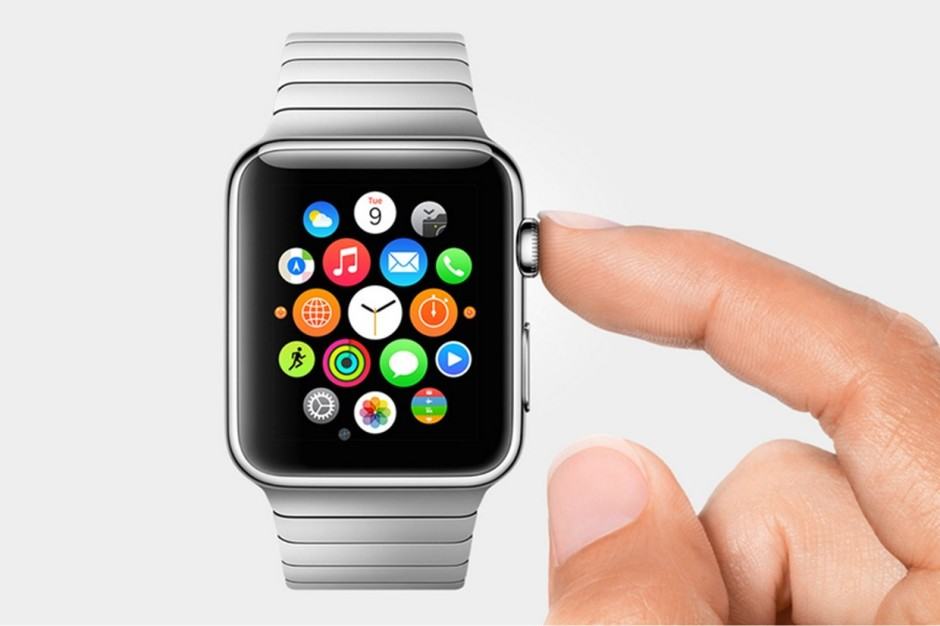Wearables soar in Q2 2015 as Apple Watch aims for the top

Apple Watch is off to a great start. Photo: Apple
Don’t believe the critics who tell you wearables will never take off, because they’re wrong. During the second quarter of 2015 alone, the wearables market grew a staggering 223.2 percent, according to the latest figures from IDC, and Apple Watch is working its way to the top to tackle Fitbit.
Android Wear, on the other hand, is nowhere to be found.
The second quarter marks Apple’s first appearance in the wearables market, and already it’s in second place, thanks to a total of 3.6 million shipments during the three-month period, according to IDC. That’s just 0.8 million behind Fitbit’s 4.4 million shipments.
In puts Apple in second with a 19.9 percent market share, while Fitbit hangs onto the number one spot with a 24.3 percent share. Xiaomi drops down to third with a 17.1 percent share, while Garmin and Samsung make up the fourth and fifth spots with 3.9 percent and 3.3 percent respectively.
Given that you can no longer buy Samsung’s Gear Live, its only smartwatch powered by Android Wear, it’s safe to assume that Google’s platform wasn’t a driving force behind the South Korean company’s measly 600,000 shipments. It didn’t help any other manufacturers, either.
While the likes of Motorola, LG, and Asus will be included in the “Others” category, which boasts a 31.5 percent market share, and includes numerous other wearables manufacturers, none of them sold more than 600,000 units individually.
“Fairly or not, Apple will become the stick against which other wearables are measured, and competing vendors need to stay current or ahead of Apple,” said Ramon Llamas, Research Manager for IDC’s Wearables team. “Now that Apple is officially a part of the wearables market, everyone will be watching to see what other wearable devices it decides to launch.”
IDC’s figures show that two in every three wearables sold last quarter was an Apple Watch, and the company expects its dominance to continue going forward, whereas the “basic wearables” Fitbit makes are expected to lose share over the next few years.
As for Android Wear, things look pretty bleak right now, but exciting new devices are on the way from Motorola, Huawei, and even TAG Heuer.
- SourceIDC


